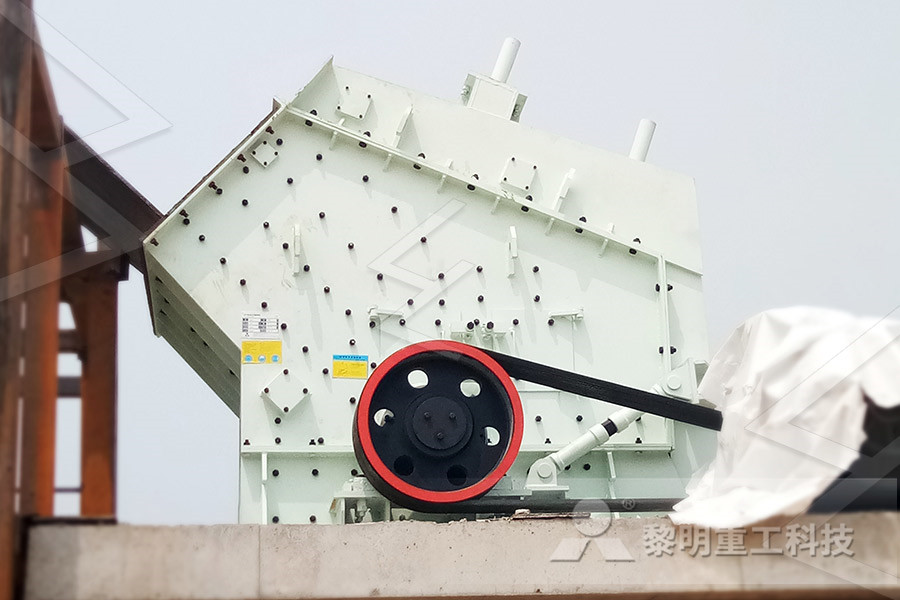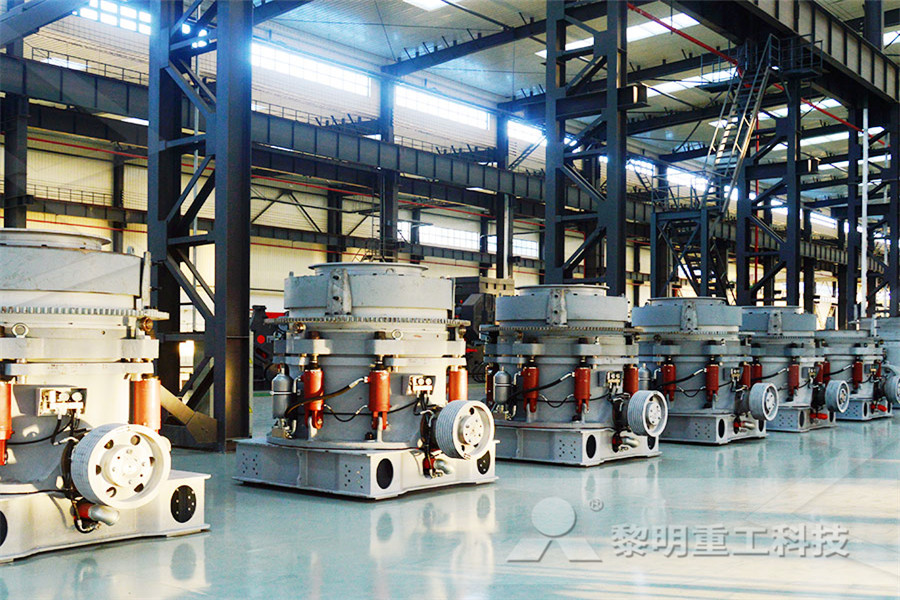
water consumption milling industry anderebroodjesnl
Water conservation in the brewing industry The This is a positive sign that the industry is open to investigating and implementing methods of reducing water consumption at every stage of the brewing process, from milling to carbonationJul 10, 2020 This is a positive sign that the industry is open to investigating and implementing methods of reducing water consumption at every stage of the brewing process, from milling to carbonation Much of this effort understandably focuses on the more evident opportunities to minimise consumption, for example in highuse cleaning and Water Consumption Milling Industry Water usage in milling From right, Marco Galli, Stefano Mazzini and Maurizio Monti discuss the importance of water and its management in the milling process Photo courtesy of Ocrim Ocrim SpA organized a technical meeting on Nov 4 at the Il Cicalino estate in Massa Marittima, Grosseto, Italy, to discuss the importance of water and its Water usage in milling Worldgrain January 24 This is a positive sign that the industry is open to investigating and implementing methods of reducing water consumption at every stage of the brewing process, from milling to carbonation Much of this effort understandably focuses on the more evident opportunities to minimise consumption, for example in highuse cleaning and cooling processesWater conservation in the brewing industry – The The milling industry has to embrace this production mode and adapt to new technological developments sustainable usage of resources like energy, water, reduce energy consumption, need fewer workforces, ensure easy and fast machine maintenance, and make a long uptime “The milling industry Digital transformation in the milling industry Miller

WATER CONSUMPTION
water consumption is a key strategic objective for the UK water industry, which is why it is one of Ofwat’s common performance commitments for the regulated water utilities in PR19 Average consumption across the country – at 141 litres per day per person per day – compares unfavourably to similar countries such as Forecast for water consumption in the copper mining industry, 20182029 I Comisión Chilena del Cobre Executive Summary This forecast for the mining industry’s water consumption is calculated using COCHILCO’s projections for copper production and the corresponding unit coefficients of consumption in order to estimateForecast for water consumption in the copper mining Water use in the United States in 2010 was estimated to be about 355 billion gallons per day (Bgal/d), which was 13 percent less than in 2005 The 2010 estimates put total withdrawals at the lowest level since before 1970 Freshwater withdrawals were 306 Bgal/d, or 86 percent of total withdrawals, and salinewater withdrawals were 483 Bgal/d Industrial Water Use USGSWater savings can be achieved in industry through a combination of changing behaviour, modifying and/or replacing equipment with water saving equipment to reduce overall water consumption and increase internal reuse To assure the strategies, optimise Reduce Water Consumption in Industry SSWM Find Various national and international agencies have presented estimates regarding water consumption in industries in the Indian context According to Ministry of Water Resources, about 40 billion cubic metre water is used in industrial areas of the country, which is about 6 per cent of total availability of water According to Central Pollution Control Board (CPCB) []Water Consumption in Industrial Sector in India

Minimization of water consumption and process
The palm oil milling process consumes a large quantity of water for the oil extraction process and, consequently, generates a larger amount of wastewater Palm oil mill effluent (POME) is polluted aqueous waste with high BOD Usually, the mills simply employ an open pond anaerobic treatment to handle the POME This requires large land area since the retention time is substantially long Average water consumption per square metre of manufactured tiles is around 20 L, and energy consumption is around 32 kWh per square metre of manufactured tiles (Monfort et al, 2010) Milling the body composition consumes about 60% of the water usedHow to reduce energy and water consumption in the Aquaculture water use is water associated with raising organisms that live in water—such as finfish and shellfish—for food, restoration, conservation, or sport Aquaculture production occurs under controlled feeding, sanitation, and harvesting procedures primarily in ponds, flowthrough raceways, and, to a lesser extent, cages, net pens, and Industrial Water Use USGS New technologies come to the milling industry March 9, 2020 mass production methods out of slaughterhouses and implemented them into automobile manufacturing and every other mass consumption item (as technology advances) we may track smaller and smaller packages Then we will be able to find out which silo had the water leaks that got New technologies come to the milling industry For well over a century, the wet milling of coffee was a waterintensive process, as the name indicates, and there was little concern for water consumption and contamination In the conventional technology then prevailing and still used in many areas today, water is used in flotation, to separate overripe and dry cherries from the ripe ones The Use of Water in Processing Specialty Coffee

Food processing industry energy and water
1 Introduction The food processing industry has a vital role in the northwest region of the United States, employing over 71,000 people and producing over $31 billion in goods (United States Census Bureau, 2015)Transforming raw livestock and agricultural products into a widely diverse range of products for consumption, the food industry consists of many sub industries/sectors such as fruit Miller Milling has transformed into one of the world’s most digitally advanced milling companies in a whirlwind year With a vision to lead the evolution of the milling industry, grow their business, and contribute to a sustainable society, the company embarked on its journey to harness the potential of connectivityMiller Milling Annual Report 2020 Group Corn Milling Industry, 19811991 211 23 Employment and Earnings for the Wet Corn Milling Industry, 19811991 212 24 Average Nominal Hourly Earnings for Production Workers in the Food and Kindred Products Industry by State, 19901992 214 25 Cost of Materials in the Wet Corn Milling Industry, 19811991 215Starch Manufacturing: A Profile The following sections discuss major water using and waste generating processes in fruit, vegetable, dairy, meat, poultry, and oil processing The information is provided to help food processing managers evaluate water use performance and consider additional water efficiency measuresWater and Wastewater Use in the Food Processing Water is used in virtually all ceramic processes and good quality water is essential for the preparation of clays and glaze slips, clay bodies for extrusion, ‘muds’ for moulding, preparation of spray dried powders, wet grinding/milling and washing or cleaning operations A vast range of raw materials is consumed by the ceramic industryCeramic Manufacturing Industry Europa

Minimization of water consumption and process
The palm oil milling process consumes a large quantity of water for the oil extraction process and, consequently, generates a larger amount of wastewater Palm oil mill effluent (POME) is polluted aqueous waste with high BOD Usually, the mills simply employ an open pond anaerobic treatment to handle the POME This requires large land area since the retention time is substantially longReduce Water Consumption in Industry , SSWM Reduce Water Consumption in Industry water saving equipment to reduce overall water consumption and increase can dramatically reduce water consumption Get pricehow to reduce water consumption in vertcal mills Miller Milling has transformed into one of the world’s most digitally advanced milling companies in a whirlwind year With a vision to lead the evolution of the milling industry, grow their business, and contribute to a sustainable society, the company embarked on its journey to harness the potential of connectivityMiller Milling Annual Report 2020 Group This paper mill’s water consumption in 2009 was 21 cubic millimeters and a wastewater flow of 16 cubic millimeters, and as a result, they produced 330,000 tons of white, brown and tissue paper In an effort to reduce its consumption, a pilot softening plant has been installed so that water Paper Mills’ Thirst for Water – RecycleNation The milling industry has to embrace this production mode and adapt to new technological developments sustainable usage of resources like energy, water, reduce energy consumption, need fewer workforces, ensure easy and fast machine maintenance, and make a long uptime “The milling industry will have to embrace IoT, Digital transformation in the milling industry Miller

Three simple ways to optimize water consumption
Europeans are estimated to use billions of cubic meters of water every year not only for civilian consumption, but also for agriculture, industrial production, heating and cooling, tourism and other service sectors Agriculture is the sector that exerts the highest pressure on renewable freshwater resources in general, accounting for 59% of total water consumption in Europe Resource Consumption Intensity and the Sustainability of Gold Mining Mudd 2nd International Conference on Sustainability Engineering Science Auckland, New Zealand 2023 February 2007 4 32 Water and Energy Consumption in Gold Production The available data for water and energy consumption has been compiled and is presented asResource Consumption Intensity and the Sustainability of This is the reason why we deem it necessary to integrate the grain shape obtained with the primary hammer mill type PIG to the body This mill has a high production capacity and receives feed sizes up to 150200mm (it is possible to use the ceramic fired and green rejects) and at the output obtain 50% of the product below 400 microns (of which 40% under 100 microns)MS DRY MILLING PLANTS FOR CERAMICS INDUSTRY The following sections discuss major water using and waste generating processes in fruit, vegetable, dairy, meat, poultry, and oil processing The information is provided to help food processing managers evaluate water use performance and consider additional water efficiency measuresWater and Wastewater Use in the Food Processing Water is used in virtually all ceramic processes and good quality water is essential for the preparation of clays and glaze slips, clay bodies for extrusion, ‘muds’ for moulding, preparation of spray dried powders, wet grinding/milling and washing or cleaning operations A vast range of raw materials is consumed by the ceramic industryCeramic Manufacturing Industry Europa